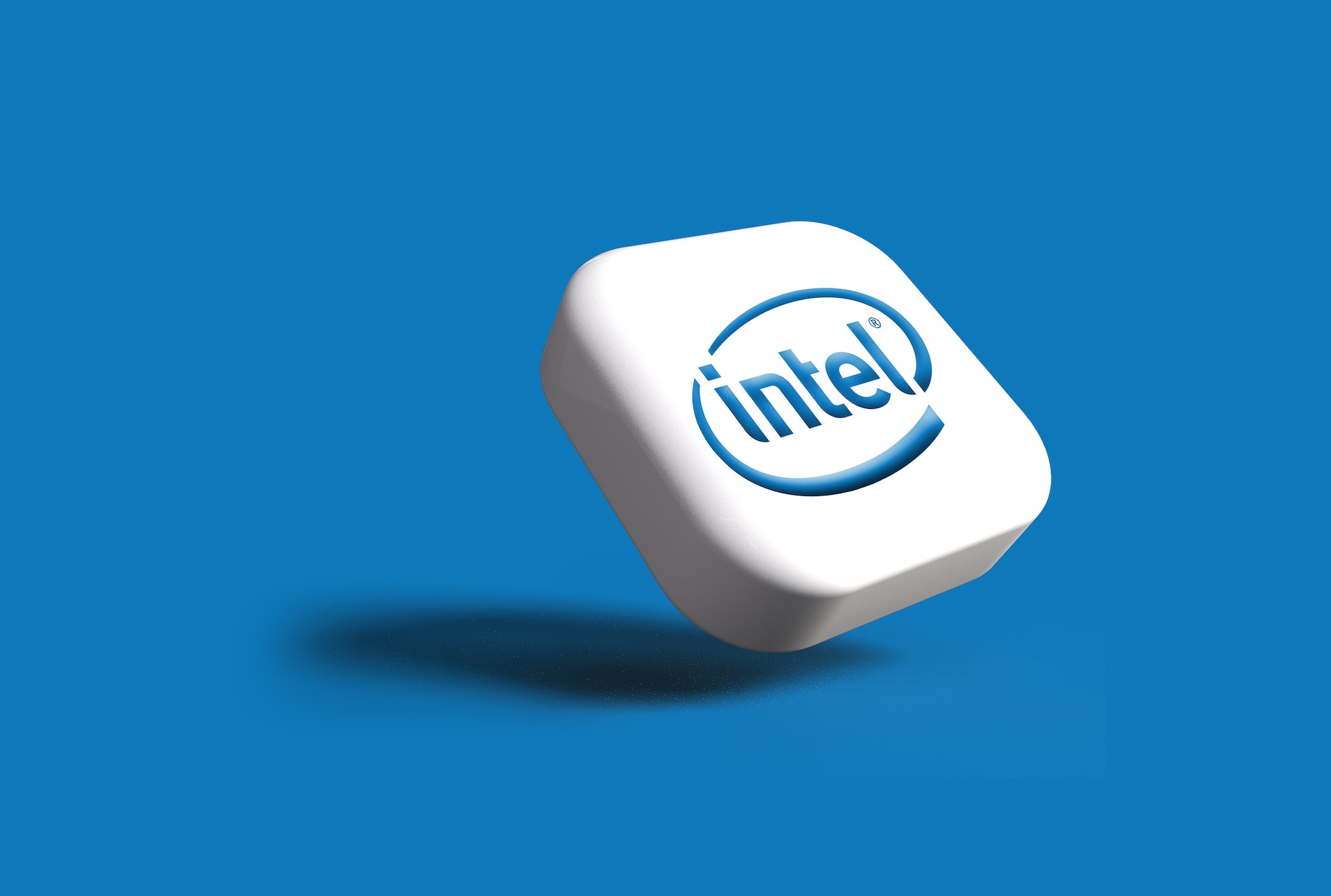Intel's CEO has voiced confidence in the company's 18A process, noting that it compares favorably with TSMC's 2nm node while also being supplied sooner.
Intel CEO Places 18A Node Ahead of TSMC's 2nm In Performance and Launch Timeline
At Team Blue's recent AI Everywhere event, where the company debuted its latest Meteor Lake chips, Intel CEO Pat Gelsinger spoke with Barron's. In an interview with the publication, CEO Gelsinger presented an update on Intel's 18A process, suggesting that it has the potential to outperform TSMC's N2 (2nm) node, particularly with the use of an enhanced power delivery mechanism.
“We announced two major innovations with 18A: a new transistor and backside power. I think everybody’s looking at the transistor of TSMC’s N2 versus our 18A. It’s not clear that one is dramatically better than the other. We’ll see who’s best. But the backside power delivery, everybody says Intel, score. You are years ahead of the competition. That’s powerful. That’s meaningful. It gives better area efficiency for silicon, which means lower cost. It gives better power delivery, which means higher performance. So, I have a good transistor. I have great power delivery. I think I’m a little bit ahead of N2, TSMC’s next process technology in time,” Intel CEO Pat Gelsinger stated, as per WCCFTech.
Intel's 18A manufacturing node will employ RibbonFET transistors as well as a novel "PowerVia" delivery technique, which is expected to yield considerable performance figures. It has been revealed that 18A over 20A could result in a 10% gen-to-gen improvement.
There have been claims that ARM may be Intel's first customer for the process, with plans to use it for mobile SOCs, however, this is presently just a rumor.
RibbonFET, PowerVia, and Potential ARM Collaboration Signal Semiconductor Advancements
Intel's 18A manufacturing node will include RibbonFET transistors as well as a revolutionary "PowerVia" delivery technology, which should result in significant performance gains.
It has been discovered that choosing 18A over 20A can result in a 10% gen-to-gen improvement. According to reports, ARM may be Intel's first customer for the technology, with intentions to use it for mobile SOCs, but this is currently just a rumor.
In addition, Intel cites several nodes beyond 18A in a presentation shown to Japanese media, and we witness the return of the iconic "+" from the 14nm era. Following 18A, at least three further nodes are mentioned, with "Intel Next+" particularly noting the adoption of HiNa EUV lithography. Production on this node is not scheduled to begin until 2025-2026 or later.
The forthcoming semiconductor markets will be far more vibrant than they were previously, with companies like Samsung Foundry and Intel vying for the throne.
Photo: Rubaitul Azad/Unsplash



 SpaceX CEO Elon Musk Denies Reports of $800 Billion Valuation Fundraise
SpaceX CEO Elon Musk Denies Reports of $800 Billion Valuation Fundraise  U.S. Greenlights Nvidia H200 Chip Exports to China With 25% Fee
U.S. Greenlights Nvidia H200 Chip Exports to China With 25% Fee  EssilorLuxottica Bets on AI-Powered Smart Glasses as Competition Intensifies
EssilorLuxottica Bets on AI-Powered Smart Glasses as Competition Intensifies  China Adds Domestic AI Chips to Government Procurement List as U.S. Considers Easing Nvidia Export Curbs
China Adds Domestic AI Chips to Government Procurement List as U.S. Considers Easing Nvidia Export Curbs  U.S.-EU Tensions Rise After $140 Million Fine on Elon Musk’s X Platform
U.S.-EU Tensions Rise After $140 Million Fine on Elon Musk’s X Platform  Evercore Reaffirms Alphabet’s Search Dominance as AI Competition Intensifies
Evercore Reaffirms Alphabet’s Search Dominance as AI Competition Intensifies  EU Court Cuts Intel Antitrust Fine to €237 Million Amid Long-Running AMD Dispute
EU Court Cuts Intel Antitrust Fine to €237 Million Amid Long-Running AMD Dispute  Australia’s Under-16 Social Media Ban Sparks Global Debate and Early Challenges
Australia’s Under-16 Social Media Ban Sparks Global Debate and Early Challenges  SoftBank Shares Slide as Oracle’s AI Spending Plans Fuel Market Jitters
SoftBank Shares Slide as Oracle’s AI Spending Plans Fuel Market Jitters  US Charges Two Men in Alleged Nvidia Chip Smuggling Scheme to China
US Charges Two Men in Alleged Nvidia Chip Smuggling Scheme to China  Apple App Store Injunction Largely Upheld as Appeals Court Rules on Epic Games Case
Apple App Store Injunction Largely Upheld as Appeals Court Rules on Epic Games Case  SK Hynix Considers U.S. ADR Listing to Boost Shareholder Value Amid Rising AI Chip Demand
SK Hynix Considers U.S. ADR Listing to Boost Shareholder Value Amid Rising AI Chip Demand  SpaceX Insider Share Sale Values Company Near $800 Billion Amid IPO Speculation
SpaceX Insider Share Sale Values Company Near $800 Billion Amid IPO Speculation  Microsoft Unveils Massive Global AI Investments, Prioritizing India’s Rapidly Growing Digital Market
Microsoft Unveils Massive Global AI Investments, Prioritizing India’s Rapidly Growing Digital Market  Australia Enforces World-First Social Media Age Limit as Global Regulation Looms
Australia Enforces World-First Social Media Age Limit as Global Regulation Looms  Taiwan Opposition Criticizes Plan to Block Chinese App Rednote Over Security Concerns
Taiwan Opposition Criticizes Plan to Block Chinese App Rednote Over Security Concerns 































